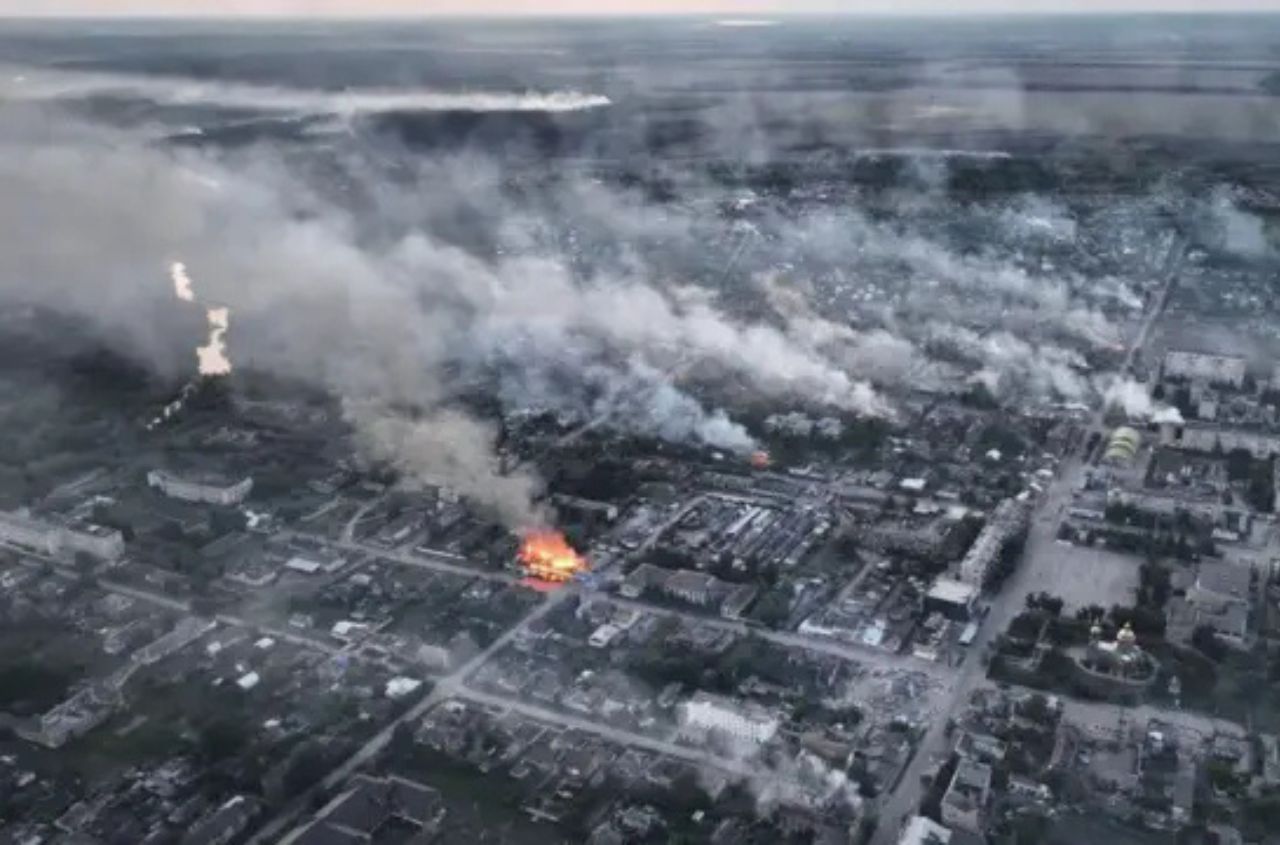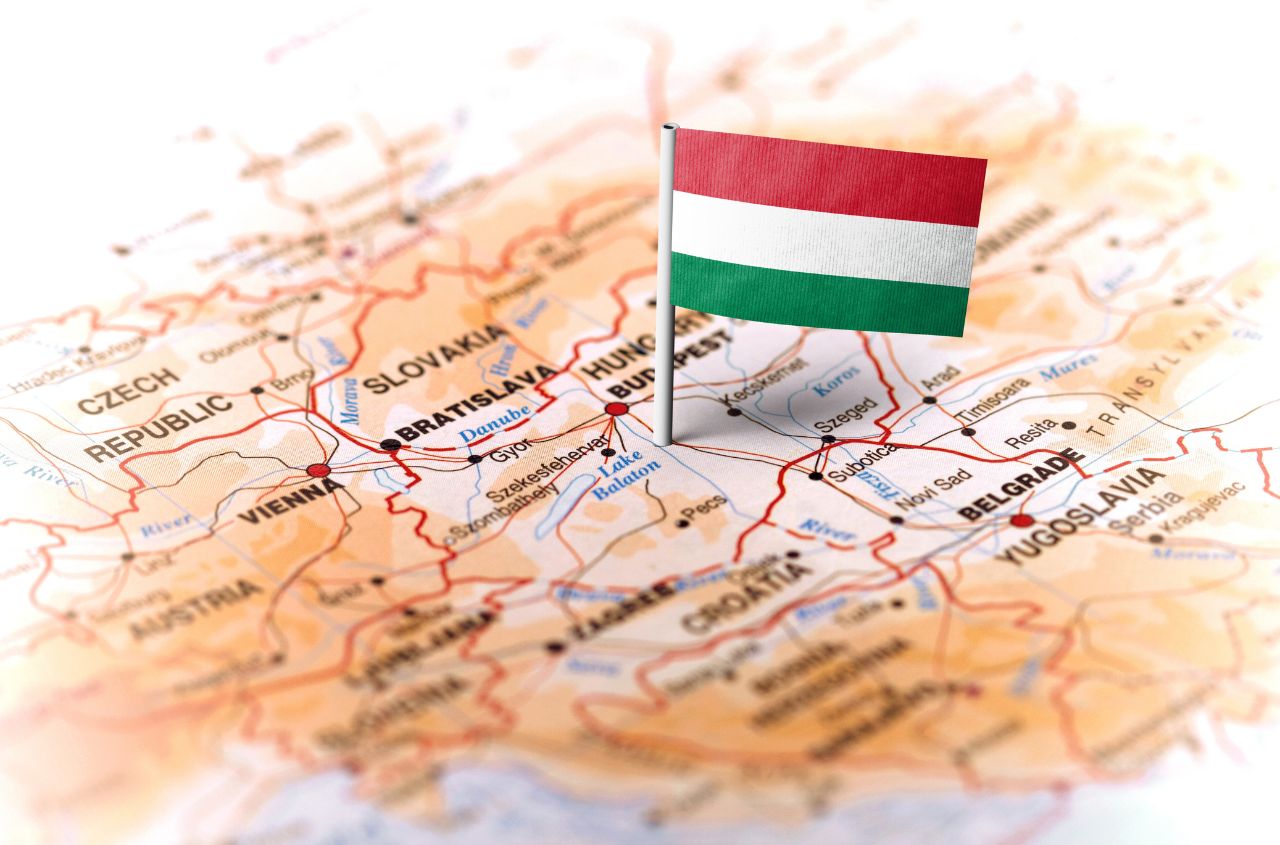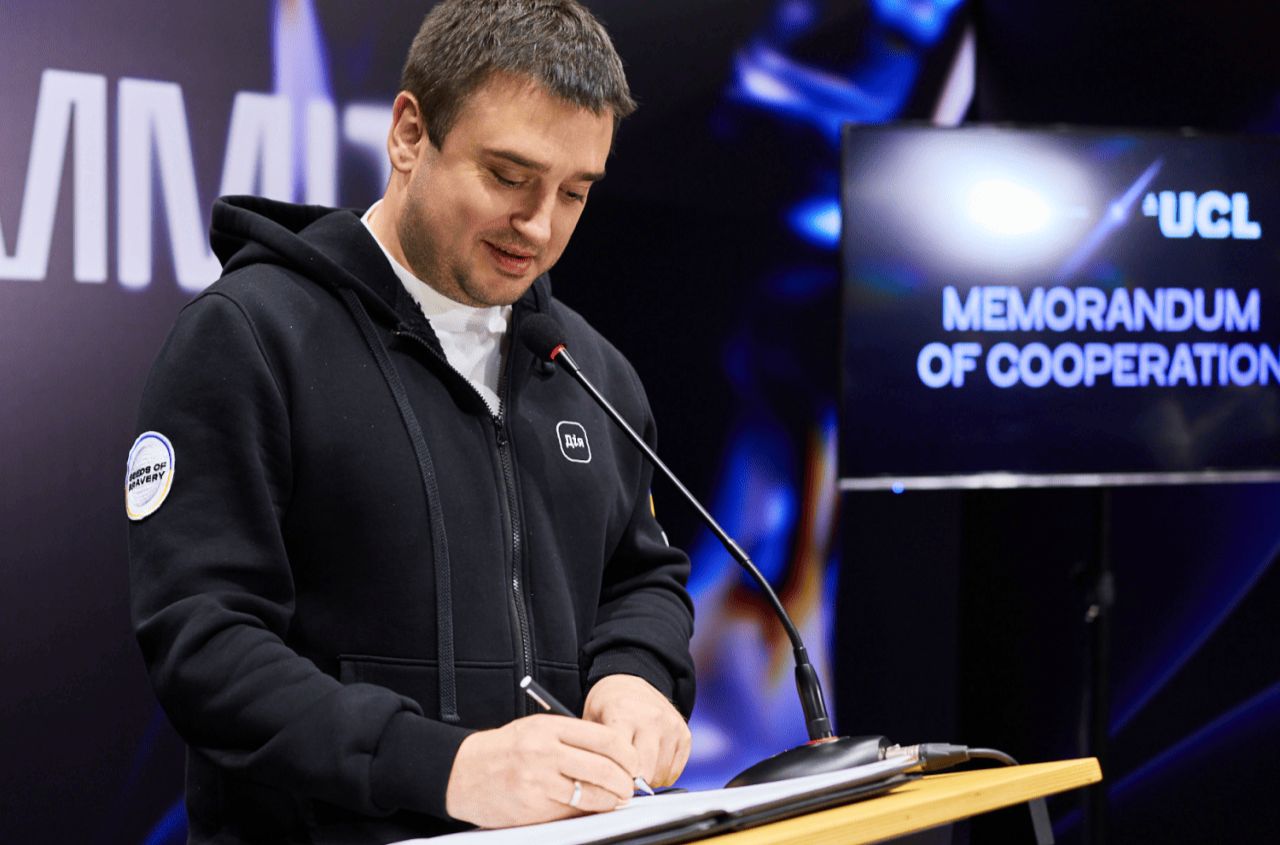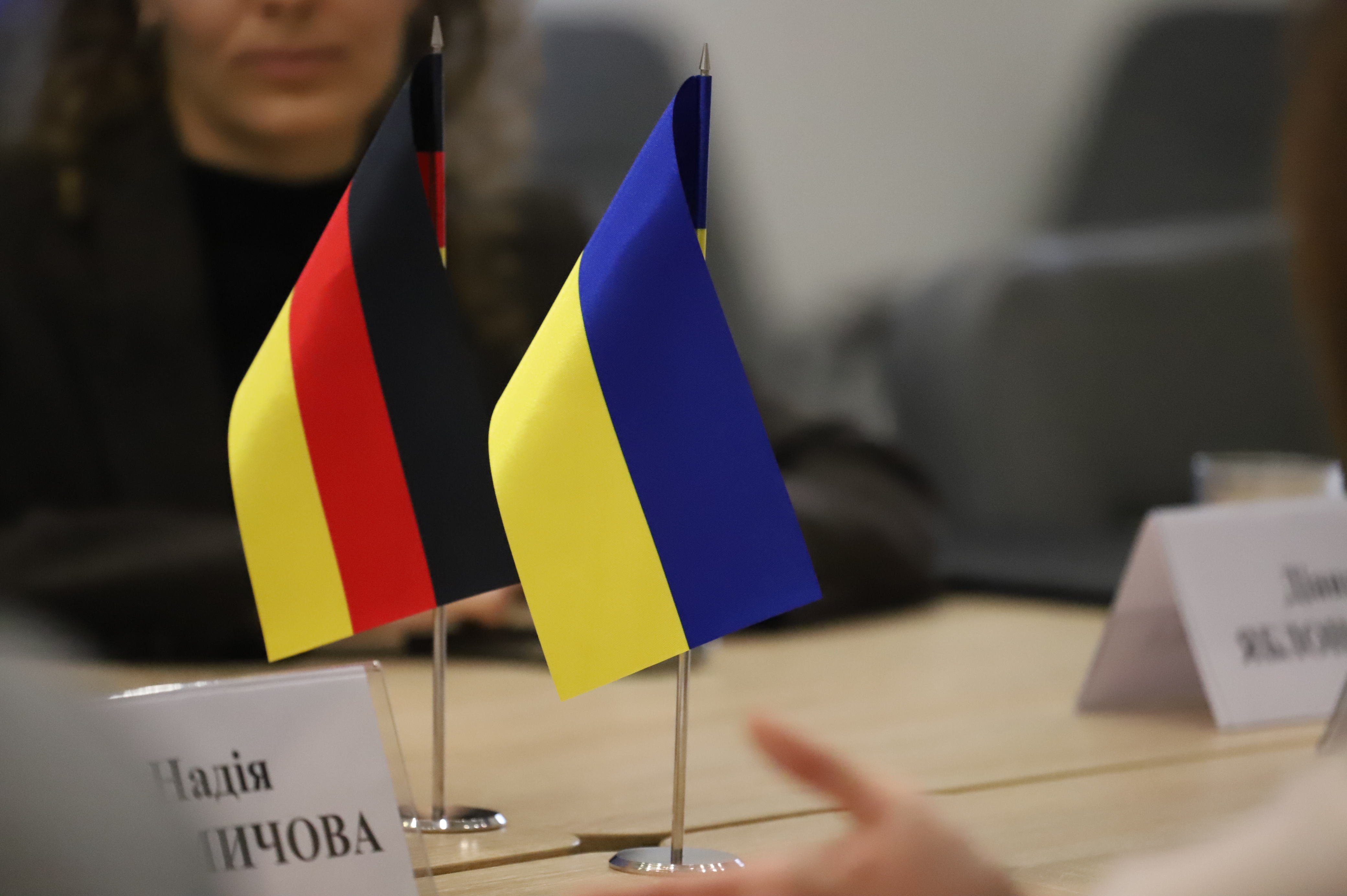By Serhiy 'Flash' Beskrestnov for Yuriy Romanenko's channel
What flew toward Poland?
The Gerbera drone comes in two types.
The first type is a decoy for air defenses. In reality, it’s extremely primitive, with unprotected GPS. Its purpose is to mislead air defenses when it flies alongside Shahed drones. Shaheds mix in with these Gerberas.
The second type carries a modem with a camera, giving it a reconnaissance function. Recently, a Gerbera with such a modem flew over Kyiv, recording video and attempting to transmit it somewhere.
So, when we saw photos from Poland, the drones were visually easy to distinguish. Gerberas with modems and cameras have two antennas for transmission. If there are no antennas, it’s a Gerbera without a modem — just a decoy.
From the photos and videos I saw from Poland, there were no antennas — these were just decoys that entered their airspace.
Analyzing all this, I wrote that a few foam airplanes forced NATO countries to spend tens of millions of dollars. Recently, it became clear that in Poland a missile even hit a house — and that was not a drone, but an actual missile.
When a Shahed hits a target, we see characteristic wreckage, black bodies, and so on. We know what it looks like; we’ve lived with this in our country for three years, so we can identify the type of damage from photographs.
Unfortunately, the Russians in Poland achieved several goals.
First, they tested the air defenses, probing what Poland’s air defenses could handle. I cannot say it was entirely successful because “shooting sparrows with a cannon” is too expensive. Shooting millions of dollars’ worth of missiles and scrambling all aircraft just for foam planes is absurd. We, of course, have great experience, and Europeans should learn from it.
Second, the Russians understood that the drones entering Poland had no warheads, so no one would perceive them as a threat. Small planes went off course — no explosives, all fine, “it just happened.”
Third, and most troubling for us, is that after this, all internal financial and technical resources in Europe will be redirected to defend themselves, at our expense. They will now help Poland and nearby countries strengthen their air defenses, and so on. This diverted attention away from us.
I see no other reason why the Russians carried out this flight, and I fear they achieved their objectives.
Many countries have reached out to us to understand how to respond. I think the most valuable thing we have is Ukrainian experience — how to deal with these threats and advanced tactics.
I have been in Europe, speaking with generals responsible for security, and they say they understand that if Russia hypothetically wants to advance to Amsterdam, it would have to pass through major powers like Poland and Germany. But if Russia suddenly launches 1,000 Shaheds, it would be catastrophic.
Why? Because no country in the world can simultaneously defend against a thousand simultaneous attacks. It’s impossible.
What we are doing in Ukraine — handling 500–700 simultaneous aerial targets — is a miracle. I repeat: no one else in the world can do this.
Countries have Patriots, Iris systems, and so on. They can shoot down 10, 15, 20, 30 targets, but not hundreds. That’s why they are afraid and want to learn from our experience.
If some reckless Russian authority decides to launch a thousand UAVs via Kaliningrad, that’s massive.
All countries thinking about this, especially smaller ones, understand that the only way to respond is through technology.
I visited Poland for the second time at the largest international military exhibition, in Kielce. You look at the new Leopard, Abrams, K2 tanks. I was impressed. And then you realize that a few skilled pilots and five FPVs could destroy that 20-million-euro machine. Pilots who already understand tactics — how to immobilize a tank and then finish it off. Because even with active tank defenses against ATGMs, no one considers 30 ATGMs hitting the same spot, but a drone can hit the same spot. There is enormous experience here in Ukraine. People who design and sell tanks haven’t fully grasped the reality of our war yet — this applies to Bradleys and everything else.
FPVs have completely changed the course of this war. They have changed everything.




















